

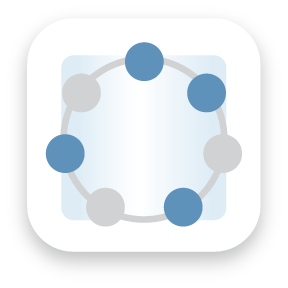
Partial design process
Grade Level: 9 (8 – 10) Time Required: 1 hour Group Size: 1 Subject Areas:NGSS Performance Expectations:

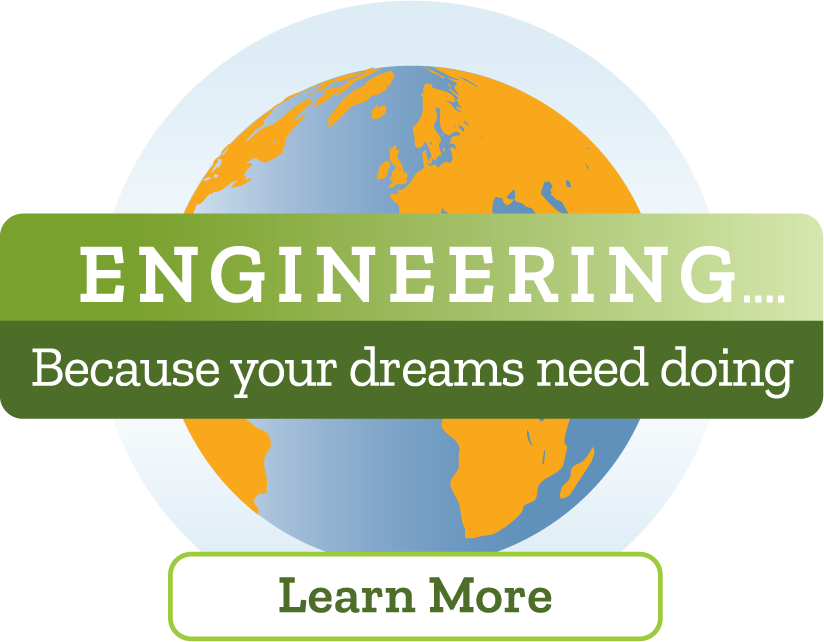
Students act as mining engineers and simulate ore mining production by using chocolate chip cookies. They focus on the cost-benefit analysis of the chocolate ore production throughout the simulation, which helps them understand the cost of production. As students “mine” with tools such as paperclips and toothpicks, they keep records of their costs—land (cookie), equipment used, cookie size before and after production, and time spent. While the goal is to make as much profit as possible, other costs and goals are taken into consideration—as in real-world mining engineering. For example, mining engineers also consider the resulting amount of destruction to the lithosphere when deciding the best method to obtain ore. Thus, a line item for land reclamation cost is included from the beginning. A provided worksheet serves as a profit and loss statement. This engineering curriculum aligns to Next Generation Science Standards (NGSS).
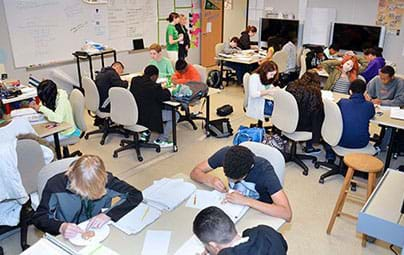
A wide range of costs and goals need to be considered when planning engineering projects. Engineers focus on benefiting society while balancing the exploration and exploitation economic factors involved in their designs. The primary method of gaining insights while considering these two design aspects is through cost-benefit analysis (CBA). For example, using sonar to locate below-ground fossil fuel deposits or applying R&D funds to determine the best circuit board design both generate huge “exploration” costs. Similarly, extracting fossil fuels such as coal or oil, or mass-producing circuit boards both require huge exploitation costs. In all engineering fields, considerations like these and more are taken into account for every production project. Mining is a good example of this type of evaluation because it typically entails substantial environmental concerns related to the geological processes as well as economic factors in the exploration vs. exploitation CBA.
Each TeachEngineering lesson or activity is correlated to one or more K-12 science, technology, engineering or math (STEM) educational standards.
All 100,000+ K-12 STEM standards covered in TeachEngineering are collected, maintained and packaged by the Achievement Standards Network (ASN), a project of D2L (www.achievementstandards.org).
In the ASN, standards are hierarchically structured: first by source; e.g., by state; within source by type; e.g., science or mathematics; within type by subtype, then by grade, etc.
HS-ESS3-2. Evaluate competing design solutions for developing, managing, and utilizing energy and mineral resources based on cost-benefit ratios. (Grades 9 - 12)
Do you agree with this alignment? Thanks for your feedback!
Alignment agreement: Thanks for your feedback!
Alignment agreement: Thanks for your feedback!
When evaluating solutions it is important to take into account a range of constraints including cost, safety, reliability and aesthetics and to consider social, cultural and environmental impacts.
Alignment agreement: Thanks for your feedback!
Alignment agreement: Thanks for your feedback!
Science knowledge indicates what can happen in natural systems—not what should happen. The latter involves ethics, values, and human decisions about the use of knowledge.
Alignment agreement: Thanks for your feedback!
Many decisions are not made using science alone, but rely on social and cultural contexts to resolve issues.
Alignment agreement: Thanks for your feedback!
HS-ESS3-4. Evaluate or refine a technological solution that reduces impacts of human activities on natural systems. (Grades 9 - 12)
Do you agree with this alignment? Thanks for your feedback!
Alignment agreement: Thanks for your feedback!
Alignment agreement: Thanks for your feedback!
When evaluating solutions it is important to take into account a range of constraints including cost, safety, reliability and aesthetics and to consider social, cultural and environmental impacts.
Alignment agreement: Thanks for your feedback!
Alignment agreement: Thanks for your feedback!
Engineers continuously modify these technological systems by applying scientific knowledge and engineering design practices to increase benefits while decreasing costs and risks.
Alignment agreement: Thanks for your feedback!
Each student needs:
To share with the entire class:
Visit [ www.teachengineering.org/activities/view/ncs-2031-cookie-mining-cost-benefit-analysis-analysis-profit ] to print or download.
A familiarity with renewable and nonrenewable resources and basic math skills (addition and subtraction).
Wouldn’t it be nice if everything we made did not cost us a single penny? Unfortunately, this is not the case. When engineers are designing products, they need raw materials. Materials cost money, labor costs money, and many other variables that go into production projects cost money. In the real world, engineers must design their products with many other considerations in mind as well—ethical, environmental, professional, societal, the list goes on! However, today we will keep the focus on cost. Remember, engineers almost always need to design within a budget and make sure the overall project makes a profit.
One type of nonrenewable energy source is ore, such as coal. Today you will work as engineers who are mining for ore who must keep in mind the cost of production.
Background
The cost of production is key when obtaining nonrenewable and renewable raw resources. Engineers focus on both the science and economics behind acquiring natural resources. Engineers do cost-benefit analyses to make responsible decisions about how to obtain the resources. They look to maximize profits while also considering how the environment— the nearby air, land and water—might be impacted through mining by (hopefully) choosing the least destructive mining method. For example, surface mining and underground mining have very difference costs and ways that they impact the lithosphere.
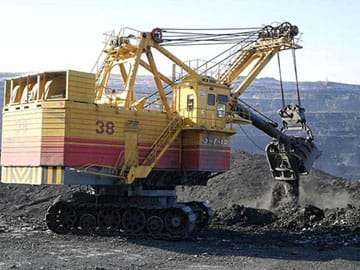
Before the Activity
Cookie Mining Reference Information
Startup costs: Before mining timing starts:
Land Cost
Land area = squares on graph paper (partial squares = 1 full square)
Tools Cost (choose at least 2)
1 paperclip = $500
1 round toothpick = $300
1 flat toothpick = $100
After mining timing ends:
Revenue from Sale of Chocolate Ore
Chips that fall off of the graph paper = “lost”
Whole, clean chip = $500 each
“Dirty” chip = chips that have cookie remains on them = $200 each
Partial chip (must be combined to form amount of ore in one chip) = $100 each
Labor Cost (Time)
Ongoing mining operation = $50 per minute
Land Reclamation Cost
Original land (cookie) = $30 per square
Additional land (circles) made during reclamation = $50 per square
With the Students
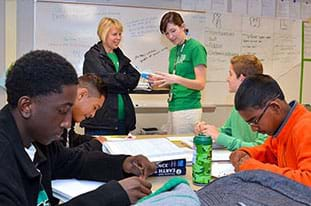
cost-benefit analysis: A systematic approach for calculating and comparing benefits and costs of a project. Abbreviated as CBA.
expense: The cost to pay for something, such as material goods, services, equipment or labor.
lithosphere: The crust and upper mantle of the Earth.
ore: A type of rock that contains sufficient minerals of a desirable element that can be extracted from the rock. Ores are extracted from the Earth through mining, and then refined to obtain valuable elements.
reclamation: To restore what once was, such as to restore land that has been mined to a natural or usable state.
revenue: The amount of money (or income) that a business makes from the sale of goods and services before expenses and cost of production are subtracted.
surface mining: The mass removal of the soil and rock surface of an area of land to some depth in order to extract ore, minerals and/or resources. Sometimes called strip mining.
underground mining: Sub-surface extraction of ore, minerals and/or resources from below the Earth’s surface with minimal damage to the overlying rock and soil.
Pre-Activity Assessment
Before Mining: Ask the class:
Activity Embedded Assessment
During Mining: Ask the class:
Post-Activity Assessment
After Mining: Ask students the following post-activity questions:
The Surface Mining Control and Reclamation Act of 1977 is the primary law that regulates the environmental effects of coal mining in the U.S. Extend this activity with the following assignment:
Get the inside scoop on all things TeachEngineering such as new site features, curriculum updates, video releases, and more by signing up for our newsletter!
PS: We do not share personal information or emails with anyone. Subscribe to TE Newsletter
High School Lesson
Off the GridStudents learn and discuss the advantages and disadvantages of renewable and non-renewable energy sources. They also learn about our nation's electric power grid and what it means for a residential home to be "off the grid."

RET Program, College of Engineering, North Carolina State University and CORE Lab, University of North Carolina at Charlotte
This curricular unit was developed based upon work supported by the National Science Foundation under grant no. EEC 1542377—Grand Challenges for Engineering Focused RET with Stratified Teams, a collaboration of the College of Engineering at North Carolina State University, and the Control Optimization for Renewable Energies (CORE) Lab at the University of North Carolina at Charlotte. Any opinions, findings, and conclusions or recommendations expressed in this material are those of the authors and do not necessarily reflect the views of the National Science Foundation.
Last modified: September 6, 2019
Free K-12 standards-aligned STEM curriculum for educators everywhere.
Find more at TeachEngineering.org






Use of the TeachEngineering digital library and this website constitutes acceptance of our Terms of Use and Privacy Policy.
*The NGSS logo is a registered trademark of WestEd.
Neither WestEd nor the lead states and partners that developed the NGSS were
involved in the production of TE, and do not endorse it.






Use of the TeachEngineering digital library and this website constitutes acceptance of our Terms of Use and Privacy Policy.
*The NGSS logo is a registered trademark of WestEd.
Neither WestEd nor the lead states and partners that developed the NGSS were
involved in the production of TE, and do not endorse it.